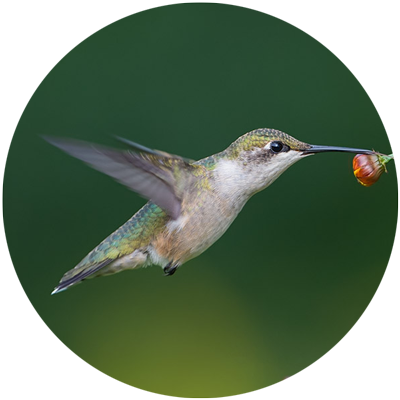Home > Climate News >
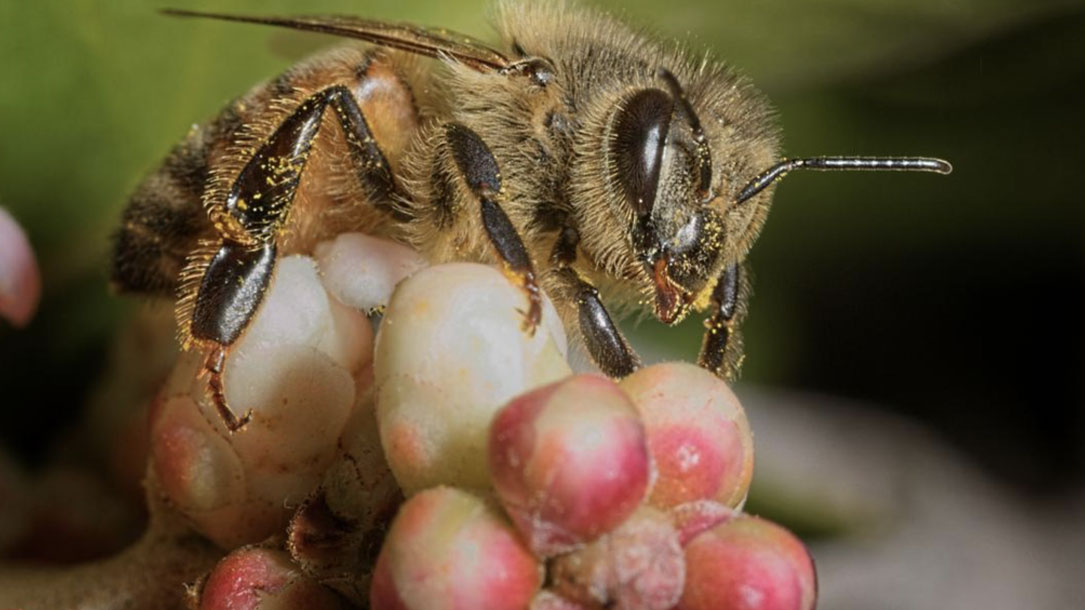
Climate change is ratcheting up the pressure on bees
Drought conditions in the western U.S. in 2021 dried up bee forage — the floral nectar and pollen that bees need to produce honey and stay healthy. And extreme rain in the Northeast limited the hours that bees could fly for forage.
In both cases, managed colonies — hives that humans keep for honey production or commercial pollination – were starving…
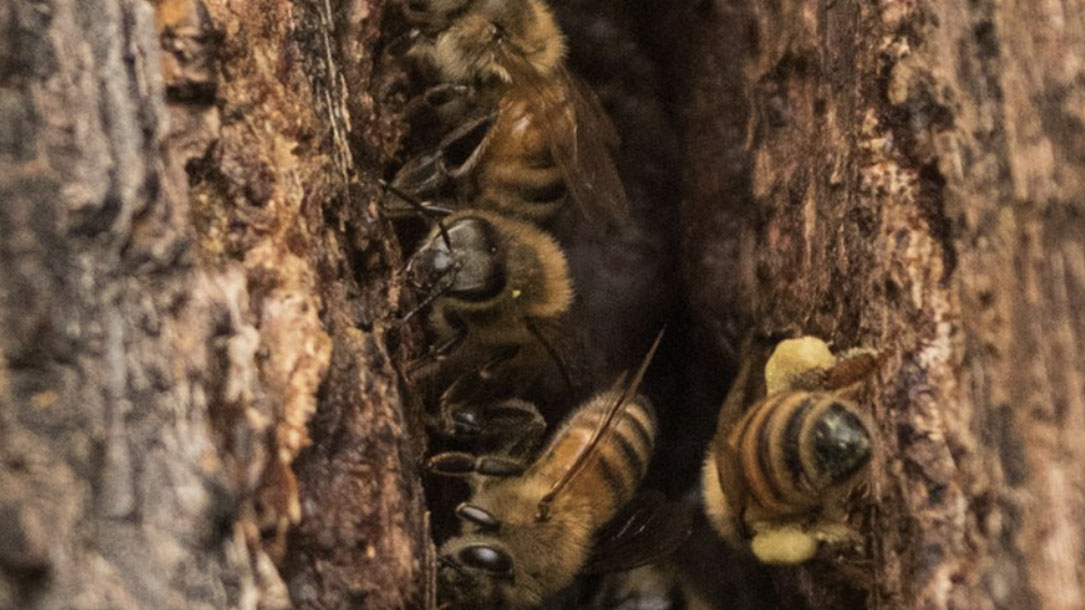
Nests are bee nurseries
Female bees build nests to protect their offspring from bad weather, predators, parasites and disease. Bees nest in cavities that they either find or create. Each of the 4,000 bee species found in North America has a unique life history and nesting preferences. Most North American bee species (>70%) nest underground. Ground nesting bees dig tunnels or look for abandoned holes made by other animals. Other bee species prefer to nest aboveground. Females look for hollow twigs, chew tunnels in dead logs or take advantage of preexisting burrows left by wood-boring beetles. Some species search for naturally occurring crevices in stones and trees and will even occupy pinecones or empty snail shells!

A common soil pesticide cut wild bee reproduction by 89% – here’s why scientists are worried
When you think of bees, a hive humming with activity probably comes to mind. But most of the world’s 20,000 bee species don’t call a hive home. These wild species lead solitary lives instead, and around 70% of them build nests underground where they raise their offspring on the nectar they gather from flowers.
Incredibly, almost all scientific understanding of how pesticides affect bees has came from testing domesticated honeybees, and, more recently, bumblebees. That’s largely because these species tend to be easier to work with in lab conditions. How non-social bees cope with these chemicals is largely understudied, despite them making up the vast majority of bee species worldwide.
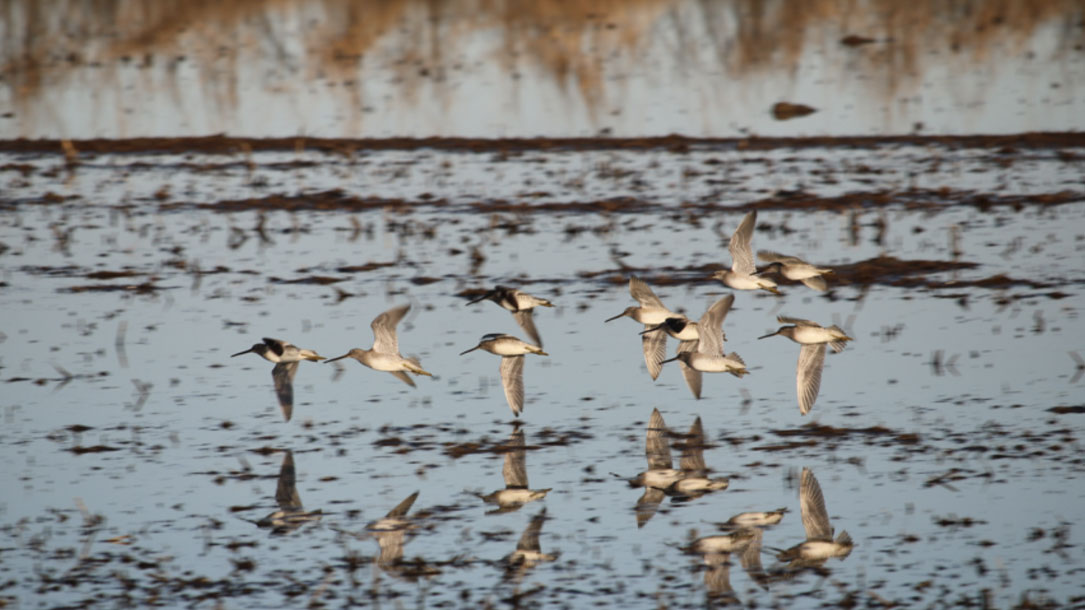
Climate patterns thousands of miles away affect US bird migration
The scientists analyzed 23 years of bird migration data collected via NOAA’s Next Generation Radar system — a network of 143 radar stations across the continental U.S. — to determine the variability in the birds’ arrival times each spring. This is where they made their first discovery: the U.S. could be divided into two regions, east and west, each with a distinct pattern of variability in bird arrival times…
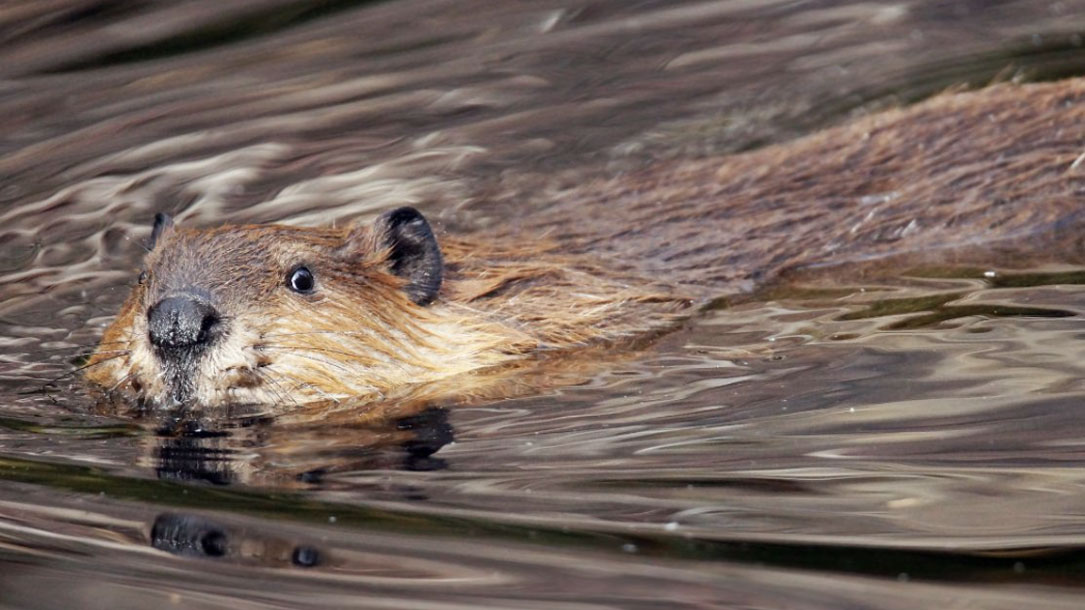
Saving Our Swamps [Letter in the New Yorker Magazine]
Here you will find a short letter submitted by the land trust’s executive director, under the heading “Letters respond to Annie Proulx’s piece about swamps” (and beavers as part of the climate solution):
The dewatering of North America that Proulx describes was underway well before the nineteenth century, when westward expansionists began cutting down forests and farmers began draining and tilling fields. By the time those people were “reclaiming” land for their use, fur traders had been wreaking havoc on our wetlands for almost two hundred years, through the commodification of beavers…
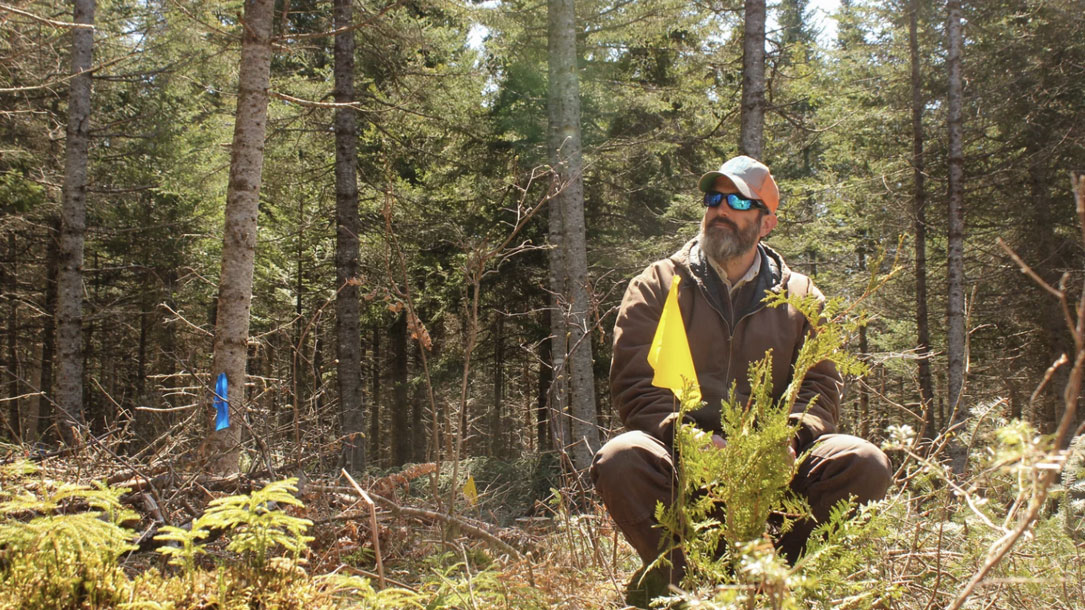
Foresters hope ‘assisted migration’ will preserve landscapes as the climate changes
“Thinking about actively moving species around is a little, well a lot uncomfortable for us,” acknowledges Abe Miller-Rushing, the science coordinator for Acadia National Park in Maine. “What might be the kind of unintended consequences? What diseases might we unintentionally move around if we move species around?”
He says, historically, the Parks Service has preferred hands-off management and modeled restorations on past conditions. In Acadia though, he noted, not intervening as warming takes place could mean the park’s iconic evergreen forests get replaced by shrubland, dominated by invasive bushes…
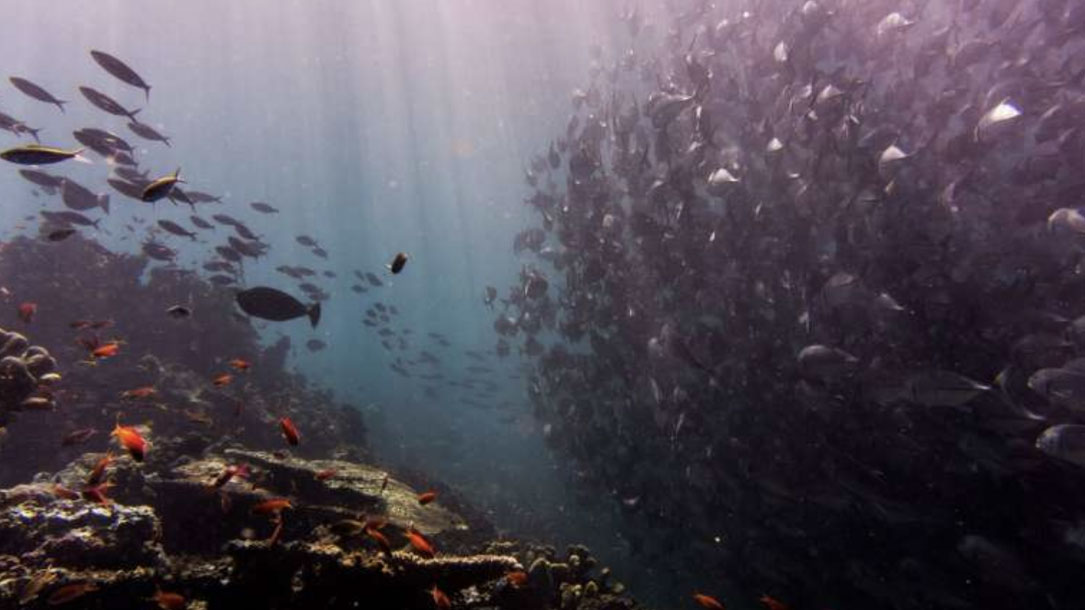
Study shows 90% of marine species at risk of extinction in 78 years if greenhouse gas emissions are not curbed
Greenhouse gas emissions impact the world’s climate in two ways. They raise the temperature of the atmosphere (and by extension, Earth’s surfaces and bodies of water) by holding in heat, and in the case of CO2 emissions, they make water more acidic, like carbonated soft drinks…
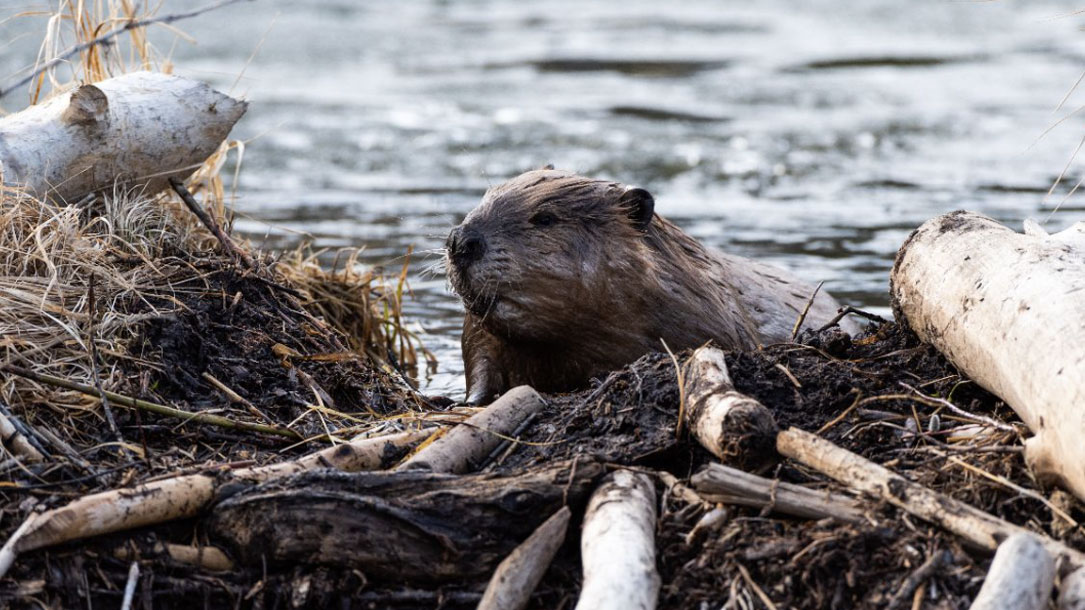
Beaver: The North American freshwater climate action plan
Rivers and streams, when fully connected to their floodplains, are naturally resilient systems that are increasingly part of the conversation on nature-based climate solutions. Reconnecting waterways to their floodplains improves water quality and quantity, supports biodiversity and sensitive species conservation, increases flood, drought and fire resiliency, and bolsters carbon sequestration. But, while the importance of river restoration is clear, beaver-based restoration—for example, strategic coexistence, relocation, and mimicry—remains an underutilized strategy despite ample data demonstrating its efficacy.

Want to fight climate change and drought at the same time? Bring back beavers
There’s a strong consensus among scientists and environmental managers on the benefits of working with beavers to protect our natural environments. Beavers can help us continue to live on, work with, and enjoy our Western landscape. As ecosystem engineers, they build dams and dig canals to escape predators. Their manipulation of plants for food and building materials produces wide-ranging environmental gains…
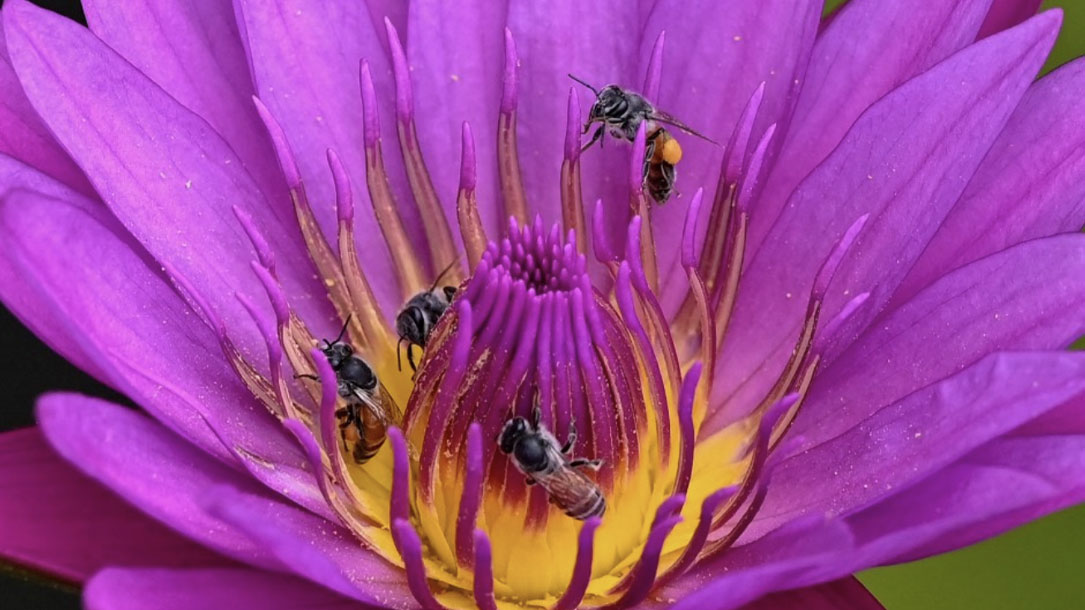
UK scientists find climate change is stressing bees out and making their wings go wonky
“With hotter and wetter conditions predicted to place bumblebees under higher stress, the fact these conditions will become more frequent under climate change means bumblebees may be in for a rough time over the 21st century,” scientists at Imperial College, London, said in their report published in the Animal Ecology journal on Wednesday…



